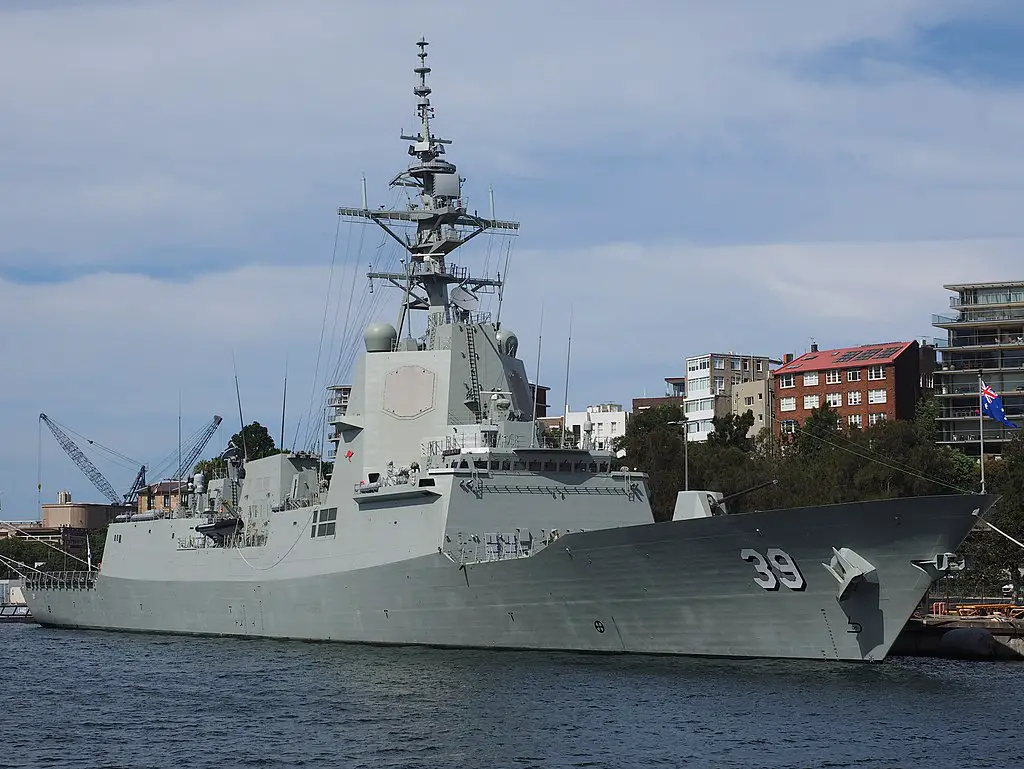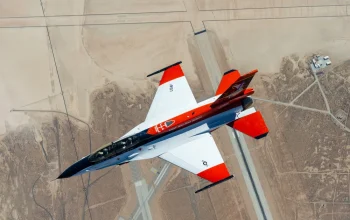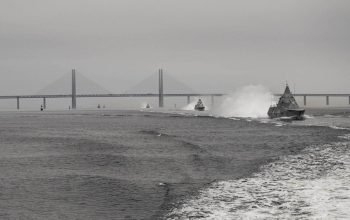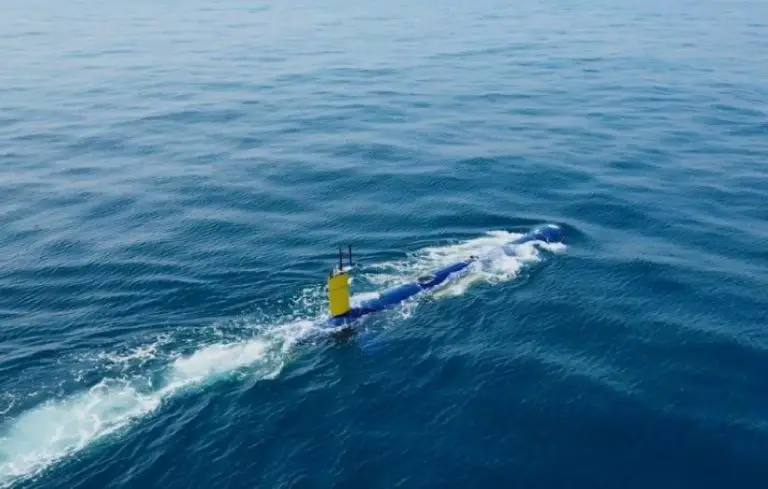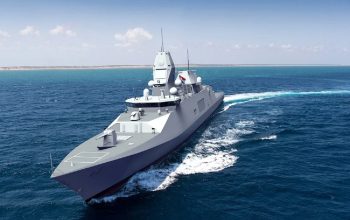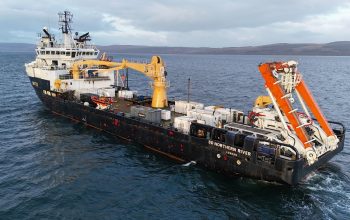The Royal Australian Navy (RAN)’s first Aegis combat system based guided missile destroyer, HMAS Hobart (DDG 39), has arrived at Fleet Base East after conducting weapons and systems evaluations with the U.S. Navy off the US West Coast. At stake was the Destroyer’s ability to successfully operate the most advanced weapons system ever owned by the Royal Australian Navy. Hobart also became the first ship of its class and the first International Partner to demonstrate an ability to operate in synch with US forces, known as a ‘Co-Operative Engagement Capability’ (CEC).
Cooperative Engagement Capability (CEC) is a real-time sensor netting system that enables high quality situational awareness and integrated fire control capability. It is designed to enhance the anti-air warfare (AAW) capability of U.S. Navy ships, U.S. Navy aircraft and U.S. Marine Corps (USMC) Composite Tracking Network (CTN) units by the netting of geographically dispersed sensors to provide a single integrated air picture, thus enabling Integrated Fire Control to destroy increasingly capable threat cruise missiles and aircraft.

Hobart was put through its paces by the U.S. Navy, particularly in relation to the Aegis Combat System during the evaluations. HMAS Hobart’s crew was also challenged by a series of tests and demonstrations to verify and validate the capabilities of the ship. Part of this validation included a series of at sea tests known as Combat System Ship Qualification Trials (CSSQT). The aim was to achieve a sustainable level of combat and weapon system readiness.
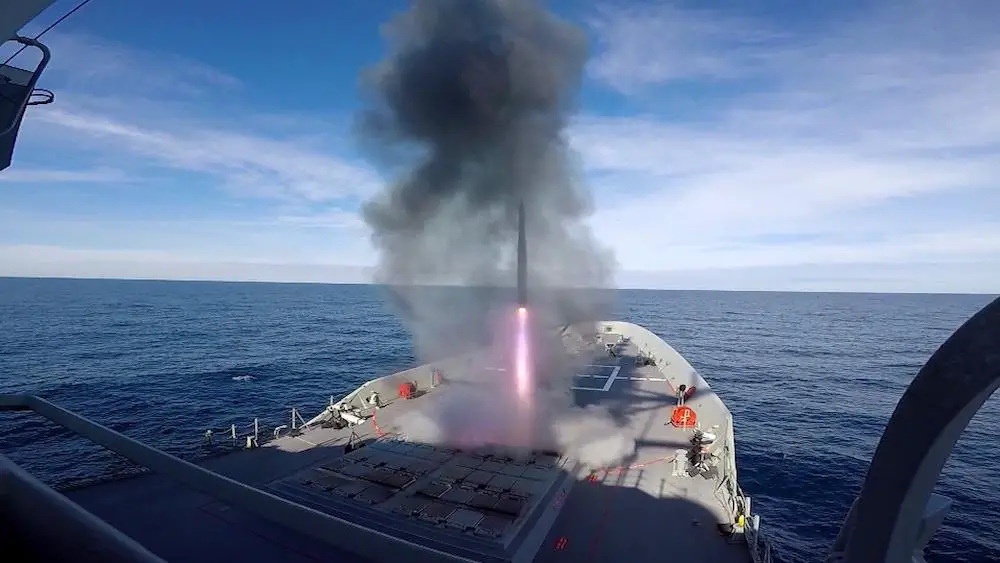
Hobart was launched in May 2015 and started builder’s sea trials in September 2016. HMAS Hobart is the lead ship of her class, with two other ships planned for a total cost of $6.5 billion. The destroyers are 146.7 metres long, have a top speed of 28 knots (52km/h), a range of about 5000 nautical miles and room for more than 200 crew.They carry a range of weapons, detection and electronic warfare systems onboard, which include an Aegis threat tracking system, SPQ Horizon Search Radar, 48-cell vertical launch systems, a 5″ gun for coastal operations and two quad launchers of Harpoon anti-ship missiles.
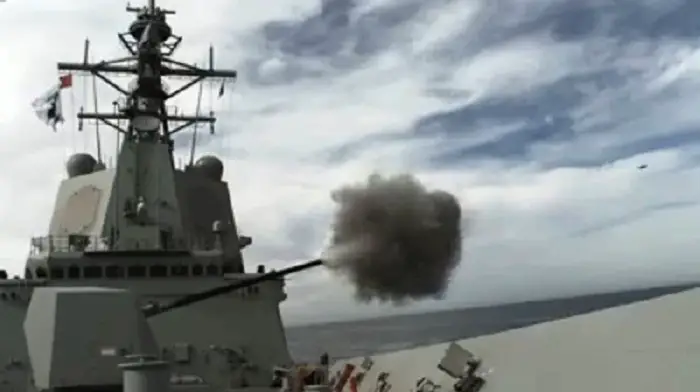
The Hobart class is a ship class of three air warfare destroyers (AWDs) being built for the Royal Australian Navy (RAN). Planning for ships to replace the Adelaide-class frigates and restore the capability last exhibited by the Perth-class destroyers began by 2000. Australia has recently commissioned the second ship of the class, HMAS Brisbane (DDG 41), into its fleet during a ceremony at the Garden Island Naval Base in Sydney. The first ship of the class, HMAS Hobart (DDG 39) was commissioned into the Navy fleet on Sept. 23 last year while the third and final Air Warfare Destroyer, the future HMAS Sydney (DDG 42), will be delivered to the Navy in 2019.


